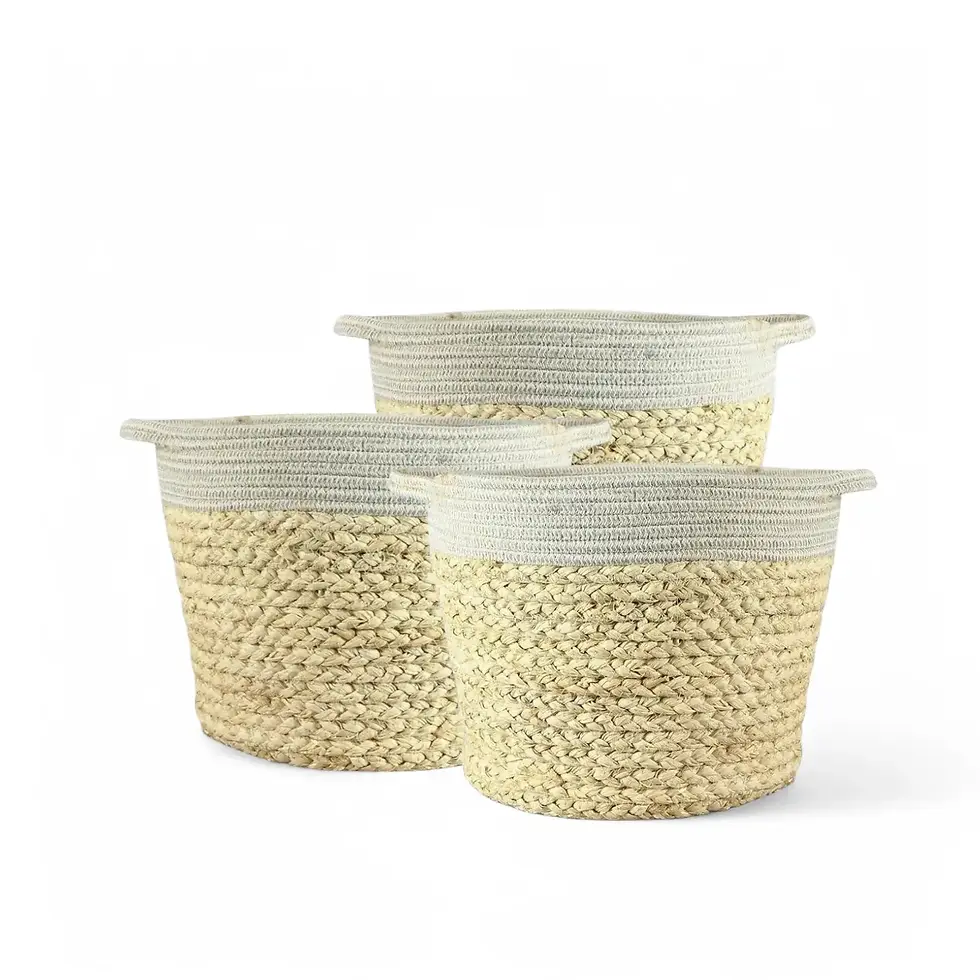Philodendron billietiae – Care, Features, and Tips for Your Home
A Striking Climbing Philodendron with Vibrant Orange Petioles
Bring a touch of the rainforest into your home with the stunning Philodendron billietiae! This rare climbing plant features long, wavy leaves and striking orange stems, making it a true statement piece. Native to the lush rainforests of French Guiana, Brazil, and Suriname, it transforms any indoor space into a green paradise. Its semi-glossy, deep green leaves can grow up to 90 cm, with lighter undersides and occasional reddish hues, adding to its exotic charm.
Characteristics and Appearance of Philodendron billietiae
- Leaf Shape: Arrow-shaped leaves that can reach up to 1 meter in length.
- Vibrant Petioles: The bright orange stems contrast beautifully with the deep green foliage.
- Mature Blooms: Can produce cream-colored flowers with a maroon interior when fully mature.
Philodendron billietiae Care Guide
- Light: Prefers bright, indirect light. It can handle some direct sun after acclimation but should be introduced gradually to prevent leaf burn.
- Temperature: Thrives in 18-25°C. Avoid temperatures below 13°C and protect from dry heating air in winter.
- Watering: Keep soil evenly moist but avoid waterlogging. Allow the top layer to dry slightly between waterings.
- Humidity: Prefers above 60%, but can adapt to standard indoor humidity with proper care. A humidifier or grouping with other plants can help.
- Fertilization: Feed monthly from May to September with a balanced liquid fertilizer for healthy growth.
- Soil: Use a well-draining mix containing potting soil, perlite, and orchid bark to aerate the roots and prevent excess moisture retention.
- Support for Climbing: This plant thrives when given a moss pole or trellis to support its natural climbing habit.
Common Issues and Solutions
- Root Rot: Avoid overwatering and use a well-draining soil mix.
- Yellow Leaves: Typically caused by excessive watering. Allow soil to dry slightly between waterings.
- Pests: Susceptible to spider mites, thrips, mealybugs, and scale. Treat infestations with neem oil or insecticidal soap.
- Cold Sensitivity: Keep away from drafts and low temperatures to prevent leaf damage.
- Magnesium Deficiency: V-shaped leaf spots may indicate a deficiency. Apply Epsom salt spray and use a fertilizer with magnesium.
Placement Tips
Position Philodendron billietiae in a bright spot without direct midday sun. An east- or north-facing window works best. Its long stems, which can exceed 1 meter, need space to spread, so ensure proper room and climbing support. Avoid placing it near heaters or drafty windows to prevent temperature stress.
Interesting Facts
Philodendron billietiae was named after botanist Frieda Billiet, who discovered it in French Guiana. The genus name Philodendron means “tree lover” in Greek, referencing its natural climbing habit. It can grow both in soil and as a hemiepiphyte, adapting to different environments. The changing leaf shapes throughout its growth make it a fascinating plant for collectors.
Origin and Name Meaning
The species name billietiae honors Frieda Billiet, the botanist who discovered this tropical beauty. This rare aroid is prized not only for its striking appearance but also for its historical significance in plant taxonomy.
Frequently Asked Questions
- How large does Philodendron billietiae grow indoors?
Its leaves can reach up to 90 cm, while the stems can grow over 1 meter with proper support. - Does Philodendron billietiae need high humidity?
Yes, it thrives in high humidity but can adapt to standard indoor conditions if properly cared for. - Is Philodendron billietiae toxic?
Yes, it contains calcium oxalate crystals, making it toxic to pets and humans if ingested.
Order Your Philodendron billietiae Today!
Add this rare tropical beauty to your home. Order your Philodendron billietiae today and let this unique species transform your indoor space!
Philodendron billietiae
Philodendron billietae comes in following sizes:
Plug (Starter Plant) – ⌀ 2 cm and is is approximately 10 cm tall
M – is approximately 25 cm tall and comes in a ⌀ 12 cm pot
L – is approximately 40 cm tall and comes in a ⌀ 17 cm pot























































